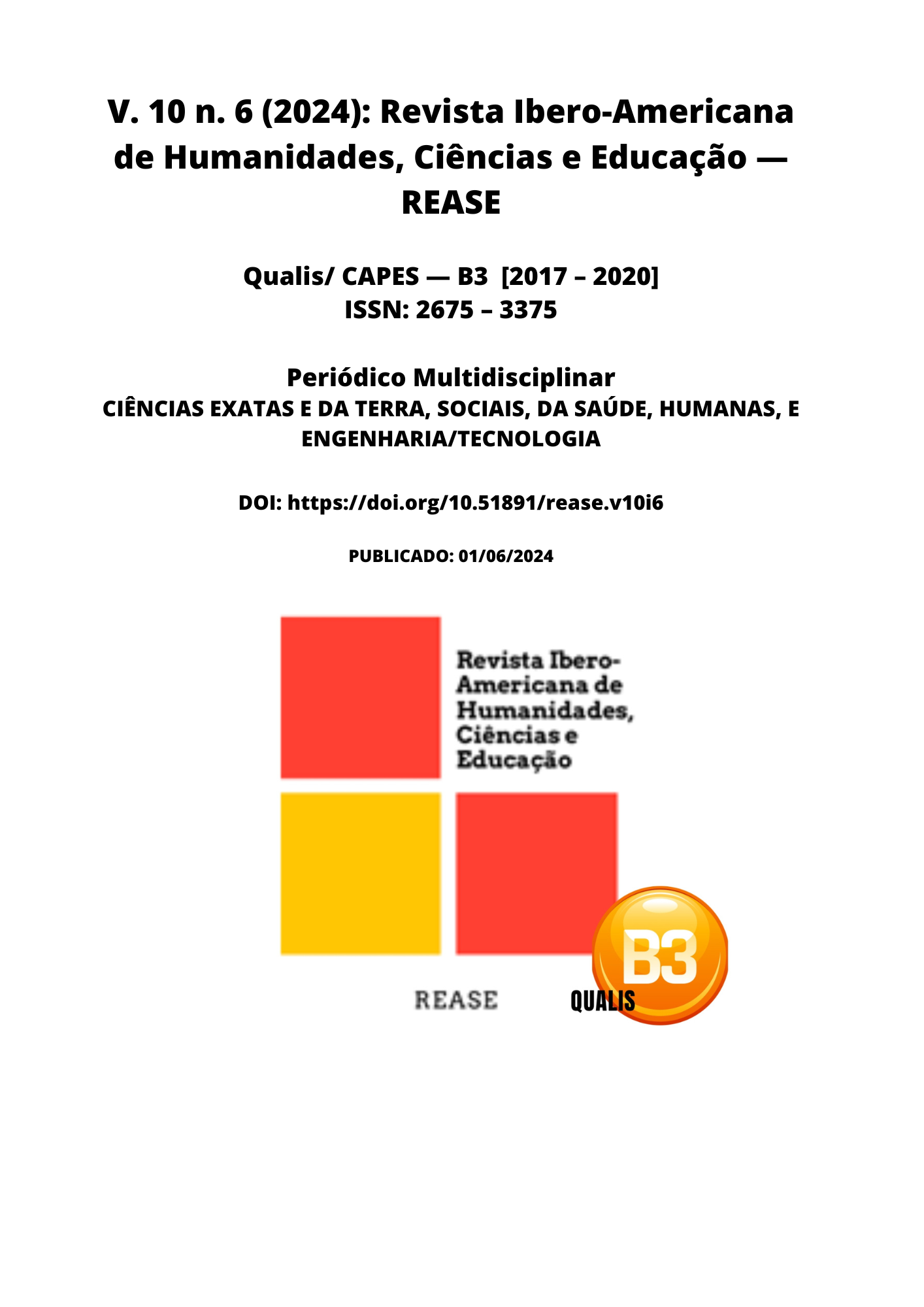MINIMALLY INVASIVE SURGERY IN PREGNANCY: EXPLORING THE ROLE OF LAPAROSCOPY
DOI:
https://doi.org/10.51891/rease.v10i6.14481Keywords:
Laparoscopia. Gestantes. Cirurgia Vídeoassistida.Abstract
While uncommon, performing non-obstetric abdominal surgery on pregnant women presents a complex scenario demanding careful consideration to ensure the health of both mother and baby. Advancements in laparoscopy and surgeon expertise have led to an increase in performing these procedures laparoscopically. This minimally invasive surgical technique is used in roughly 1-2 out of every 1,000 pregnancies, with appendicitis and cholecystitis being the most frequent reasons.The ideal timing for surgery hinges on several factors, including the stage of pregnancy, the severity of the condition, and the specific type of procedure required. Choosing the right anesthesia technique is also crucial, particularly during the first trimester due to the risk of birth defects (teratogenicity). Propofol has emerged as an effective anesthetic option in this context. There is general agreement that the placement of the initial trocar (surgical entry point) should depend on the position of the top of the uterus. It's typically inserted using an open technique, approximately 5 cm above the uppermost part of the uterus, or at a specific location known as Palmer's point. While adequate pneumoperitoneum is necessary for clear visualization of abdominal structures, it must be done cautiously to avoid compromising the mother's breathing and circulation. The recommended range for intra-abdominal pressure is between 8 and 12 mmHg, with an absolute maximum of 15 mmHg. Studies comparing laparoscopy with traditional open surgery haven't revealed significant differences in terms of birth weight, gestational length, intrauterine growth restriction (IUGR), infant mortality, or fetal malformations. However, laparoscopy in pregnancy does carry unique risks, such as potential birth defects, uterine injury during trocar insertion, and fetal distress due to excessive intra-abdominal pressure from the pneumoperitoneum. Therefore, to prioritize the well-being of both mother and baby, careful consideration should be given to both the necessity of the surgery and the execution of the laparoscopic procedure itself.
Downloads
Downloads
Published
How to Cite
Issue
Section
Categories
License
Atribuição CC BY

